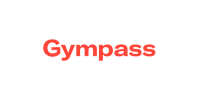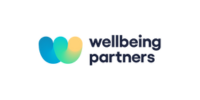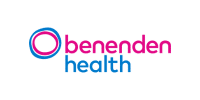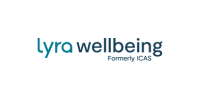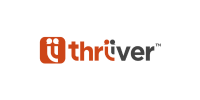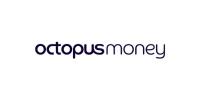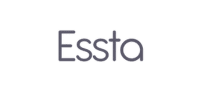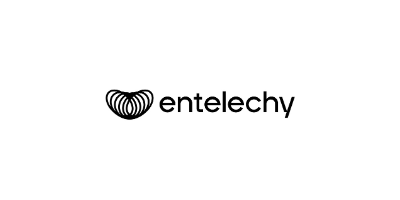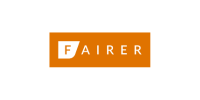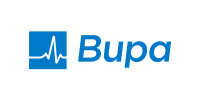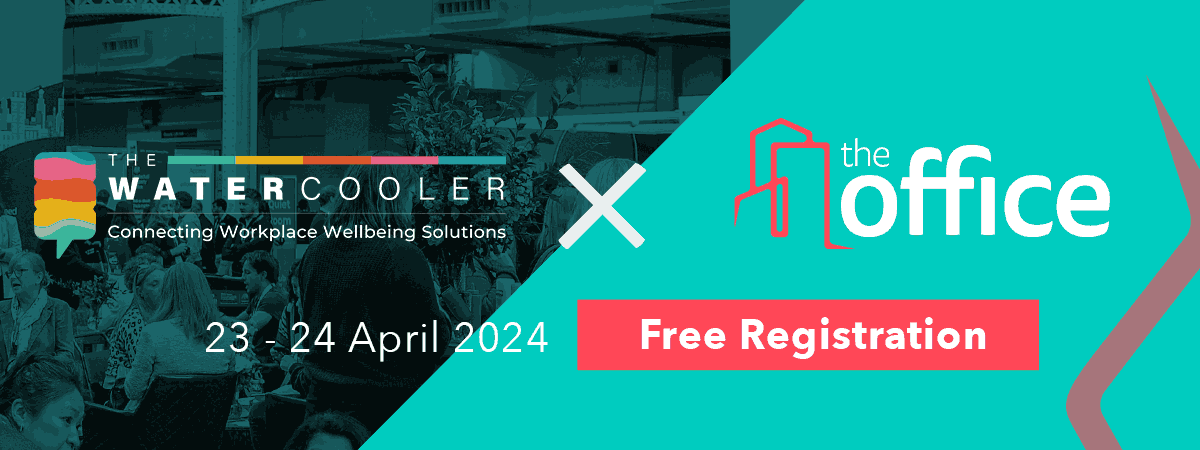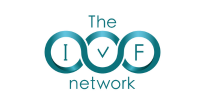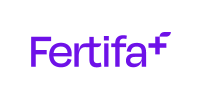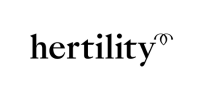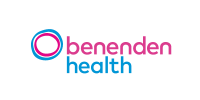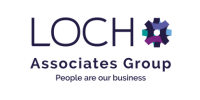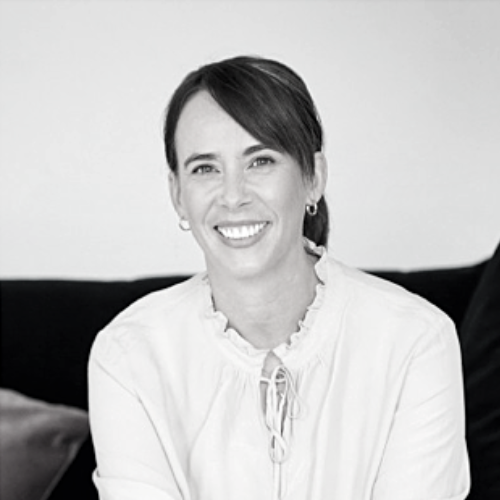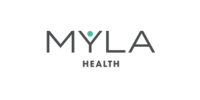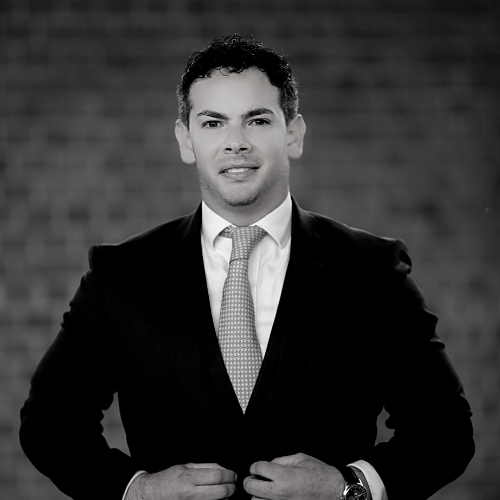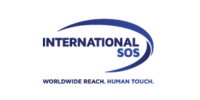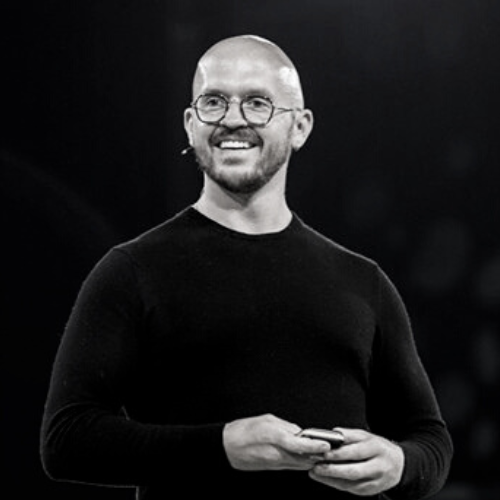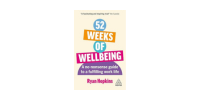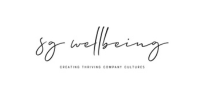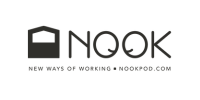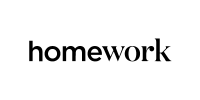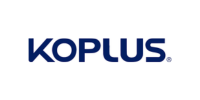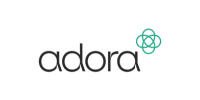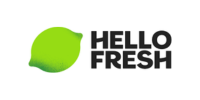Get your ticket for the leading Employee Health, Wellbeing & Workplace Culture Event
Explore The Watercooler and unite with over 6000+ workplace experts spanning Wellbeing, HR, Culture, Employee Benefits, Learning & Development, DE&I, Mental Health, Occupational Health, Facilities Management, Health & Safety, Training, and Workspace Design.
2 DAYS of cutting-edge employee health, wellbeing, workplace culture, networking and product discovery. Co-located with The Office for the full 360 workplace experience.
Who Should Attend The Watercooler 2024
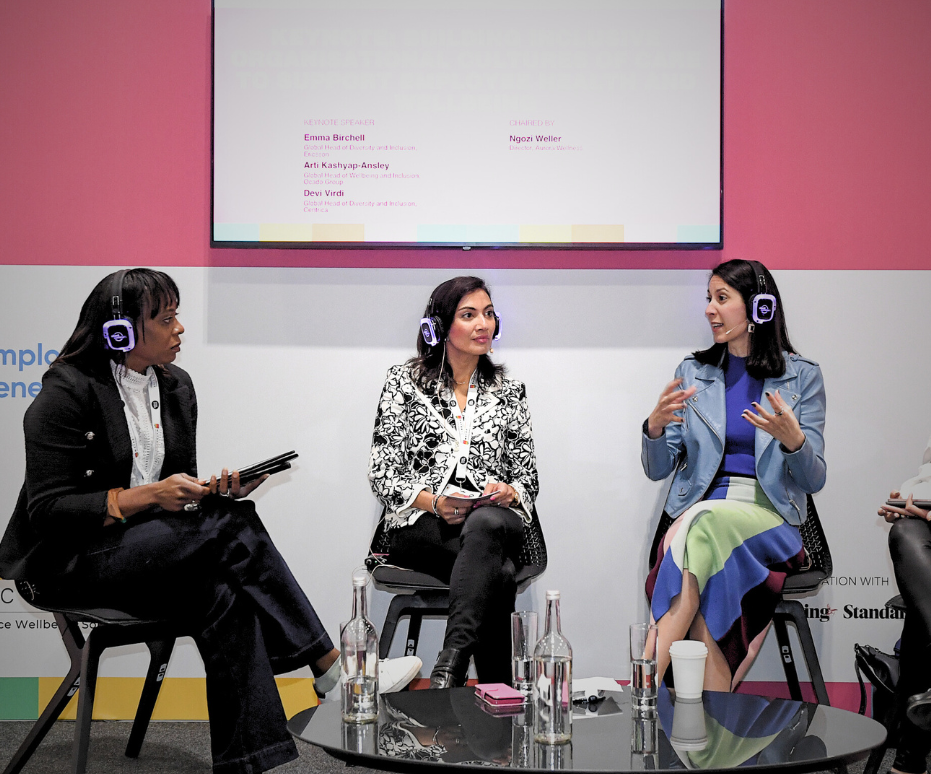
Workplace Wellbeing & Employee Culture Leaders
As a critical issue on board agendas, The Watercooler is the hub for wellbeing and mental health leaders to gain immersive content and learn about new tools and solutions you won’t find anywhere else to shape your strategy and deliver results.
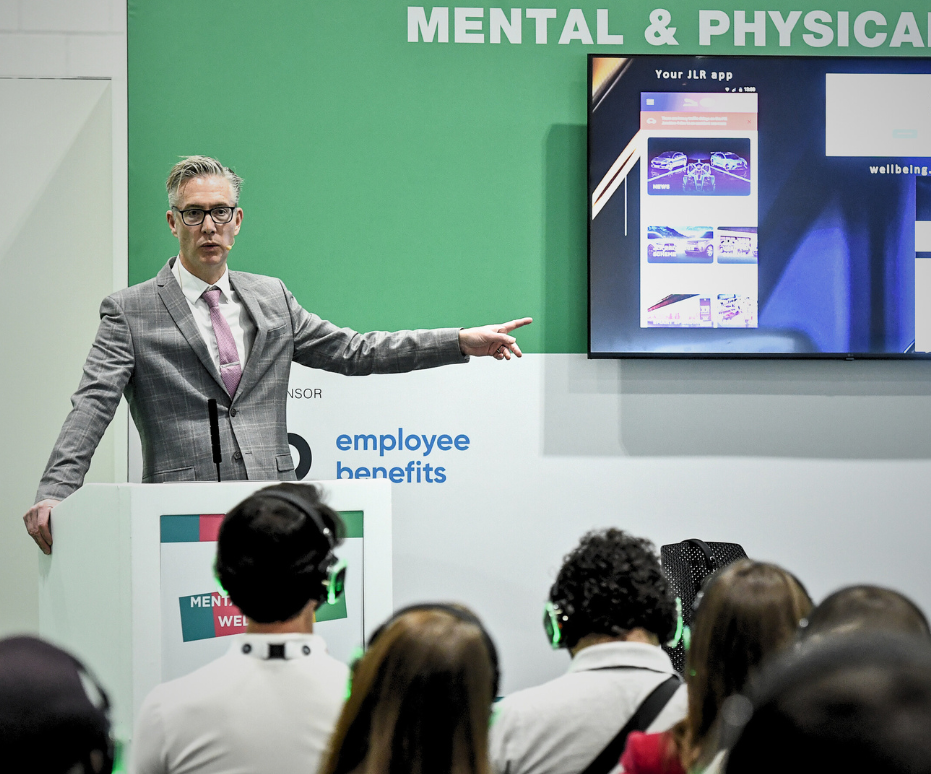
HR, DE&I, Leadership, Engagement, Diversity Specialists
Step into The Watercooler to join your peers to for 2-days of intensive knowledge learning and fast-track review of the latest tech to elevate your own workplace programmes. Take a seat at one of our main stages or check-in to our workshops around the show.
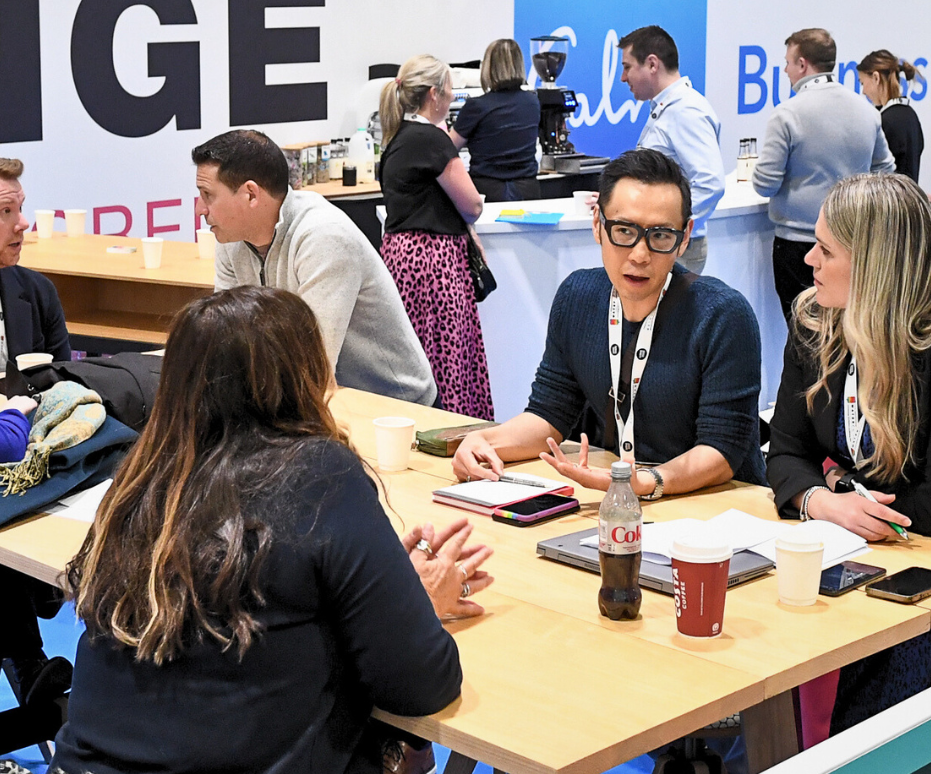
C-Level, Finance, Operations and Business Founders
Get your own insight on what is new in the workplace culture and employee wellbeing arena. Hear what other companies are doing at the conference and get a first-hand look at the newest and most popular tech that is driving successful wellbeing strategy in other organisations.
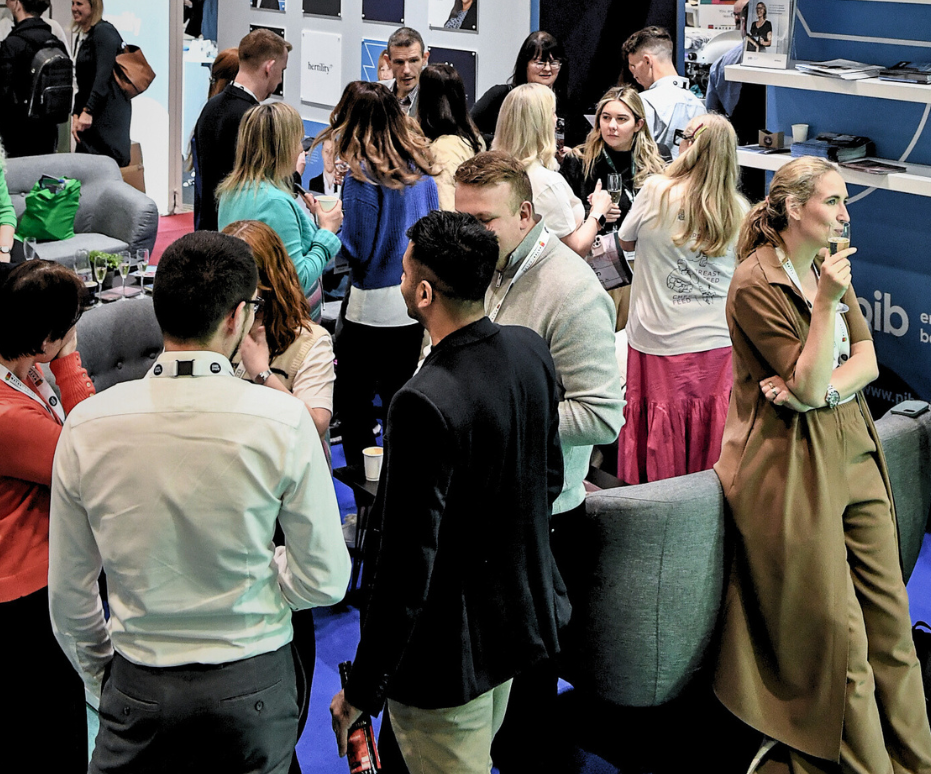
Solution and Technology Providers
If you have an innovative solution that’s helping businesses perform and execute better wellbeing strategy and workplace culture, it’s time to showcase them to your audience. The Watercooler provides the platform to build your brand and gain traction with the right decision makers.
Content Partners

Offical Wellbeing Design Partner
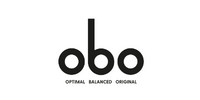
Offical Wellbeing Meeting Partner
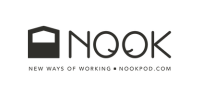
What’s On
The Watercooler Conference and exhibition content focuses on the key pillars of wellbeing to enable you to build a comprehensive, holistic approach. As well as a series of focused workshops, the 2024 event will feature three parallel tracks running across both days of the event: Engage, Embed, Evolve. Now in its third year, the conference will run across both days of the event.
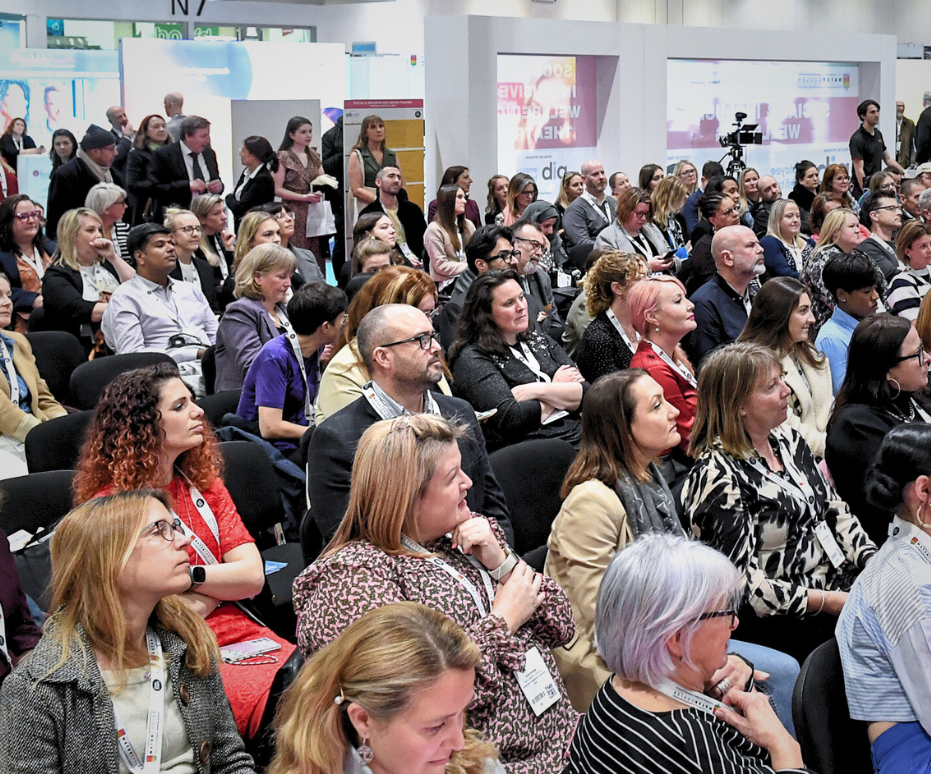
Conference
Three track conferences running side-by-side featuring thought-leading speakers and influencers, it’s held as a ‘silent disco’ format for focused and uninterrupted discussion.
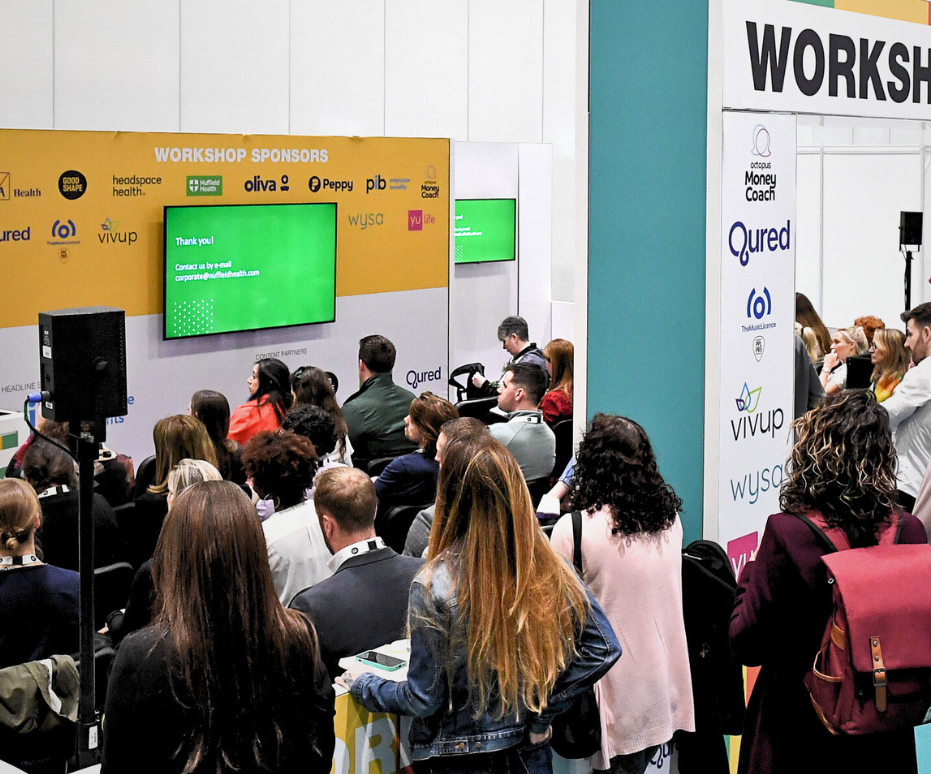
Workshops
Interactive workshop sessions held within the main exhibition hall, featuring deep-dive insight and solution partner case-studies and showcases.
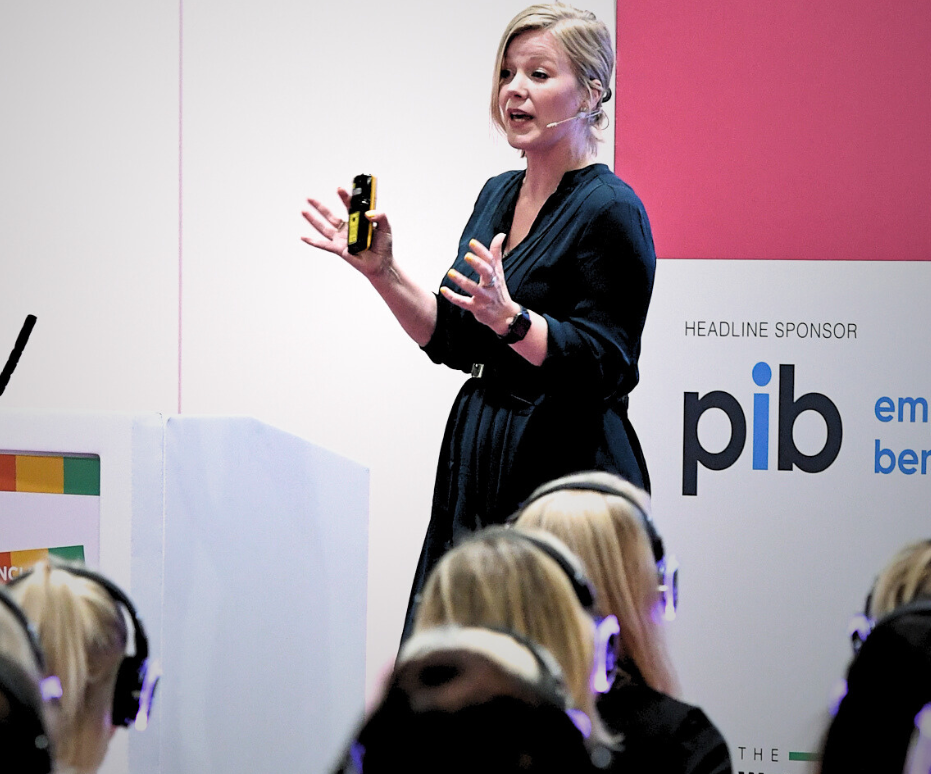
Keynote Sessions
Tune into our keynote presentations and fireside chats with Clarke & Carrie Carlisle, Dr. Nicola Millard @ BT Business, Chas Howes, former CFO Superdry and Isaac Harvey.
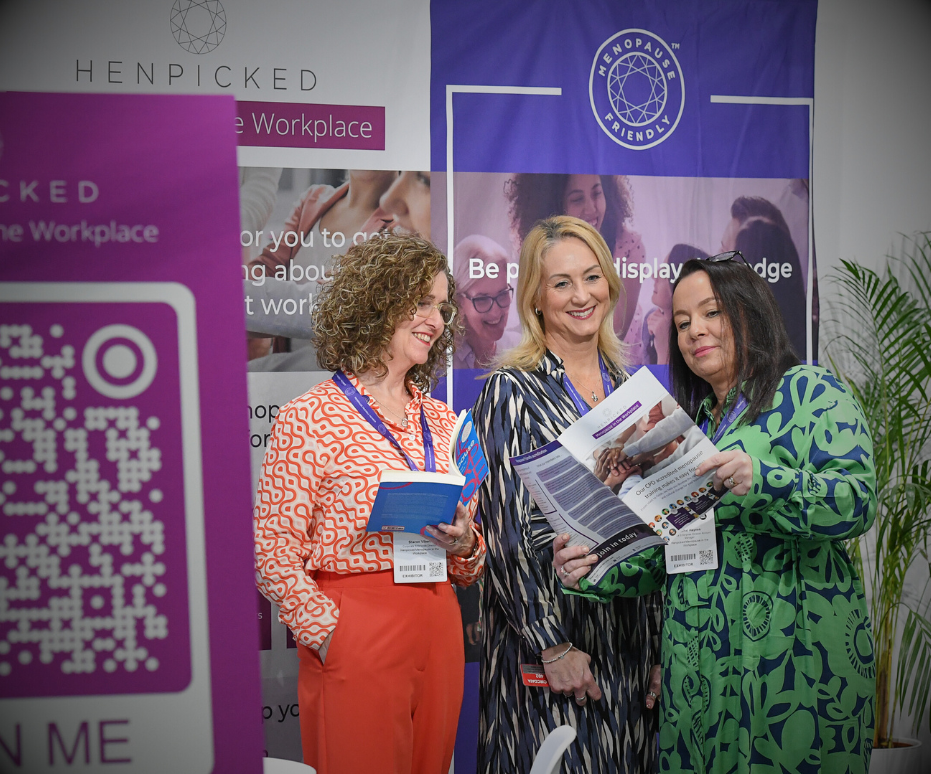
Exhibition
The Watercooler exhibition is filled with leading solution partners who are at the forefront of helping businesses deliver workplace culture and wellbeing programmes.
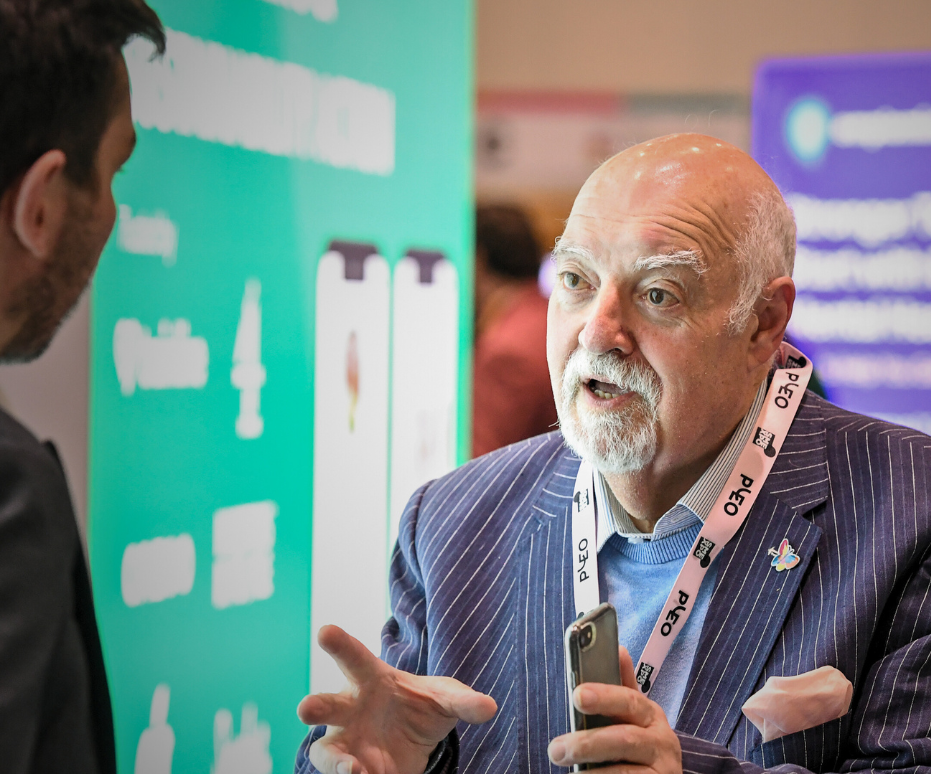
1-2-1 Meetings
Fast-track your supplier and technology partner search via our 1-2-1 meetings programme. Just indicate your interest on the registration form and we’ll do the rest!
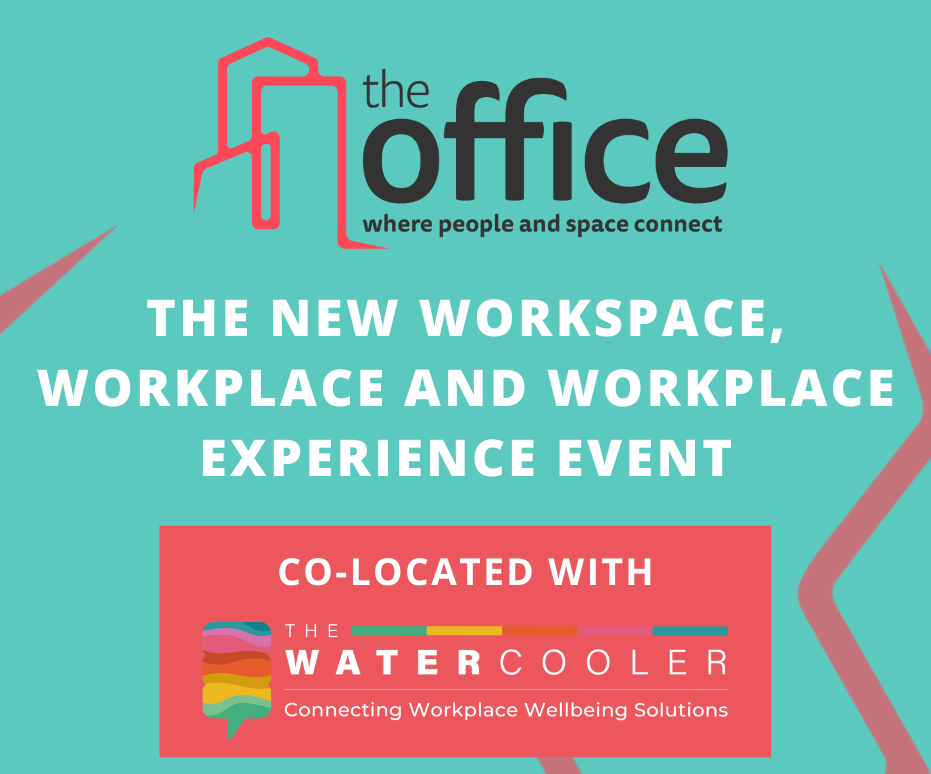
The Office
Get the full 360 Workspace and Workplace Experience at the gathering of workplace experts; Workspace Design, FM, Corporate Real Estate, Workplace Strategy and Property.
Latest Insight from The Watercooler
Podcast with former footballer Clarke Carlisle on why he’s helping companies with mental health
The Evening Standard How to be a CEO podcast with former footballer Clarke Carlisle on why he’s helping companies with mental health was published this week. Clarke...
“We need employer action not just ‘awareness’ around mental health”
Stanford University academics wrote this plea claiming that awareness days do little good six years ago - yet in the years since, these days have only grown in number...
Do you Bring Your Whole Self to Work? Not everyone is onboard with it.
Clarke Carlisle, our keynote speaker and former professional footballer, does not believe in bringing your entire self to work for men, and has a different idea. In...

